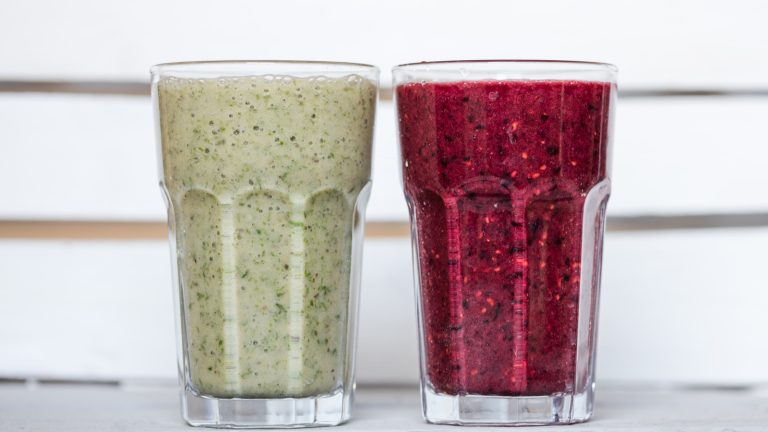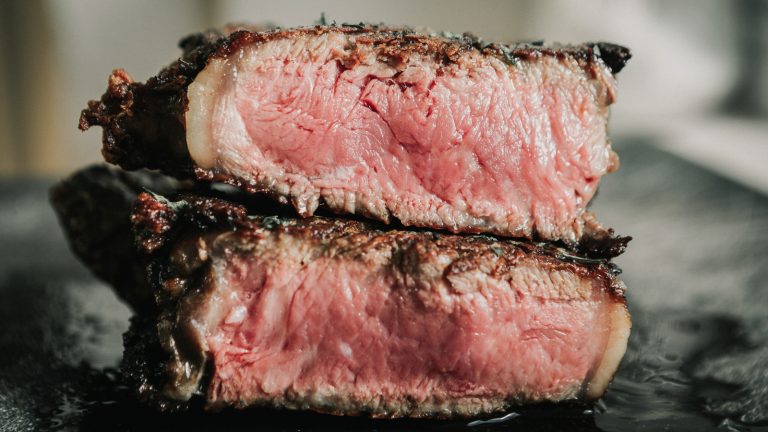Many of us cherish our morning coffee. We all have our preferences, of course. Some like a dark roast, others a lighter breakfast blend. Maybe you’re a fan of a homemade cafe latte, or a dash of vanilla coffee creamer. No matter what, we can probably all agree that fresh is best, and if you want to ensure that’s what you get, then you need to look at the packaging your coffee comes in. That’s according to coffee expert and former barista Mathew Woodburn-Simmonds, who says that not only does the actual packaging matter, but also the information it provides.
“The first thing to look for on any coffee packaging is the ‘roast date’,” Woodburn-Simmonds told us. “Ideally, you want to be using coffee around two to four weeks after it has been roasted. If it is too long after the roast date, then it will have lost some flavor and could taste stale.” Likewise, coffee that has just been roasted hasn’t yet developed all of its flavor, so it needs at least a few days to rest before consumption. Woodburn-Simmonds explains, “Using coffee too soon after roasting means it will contain too much CO2, impacting extraction and giving a sour or flat taste.”
Buy coffee in a waterproof, resealable bag
The packaging itself is also important. Experts recommend storing coffee in airtight containers for maximum freshness, as oxidation starts to occur when the beans are left exposed. This leads to a duller flavor, a weaker aroma, and it causes the shelf life to diminish. Woodburn-Simmonds says to look out for resealable packages that can be closed up tightly — those with flat bottoms will be easier to store.
“Look for resealable bags with a one-way valve. Every time you expose coffee beans to the air, you risk oxidation and losing flavor from them. Having a packet that seals and allows you to squeeze out as much air as possible will be a big help to keeping them fresh,” he says. The valve is necessary to allow the coffee to release carbon dioxide, while also blocking out oxygen and moisture. If moisture gets inside, the beans again run the risk of oxidation or worse, developing mold.
“You want to make sure the packaging is waterproof and doesn’t show signs of any moisture damage. Moisture will ruin your beans very quickly and if moisture has been allowed to enter the packet then your coffee will be ruined,” says Woodburn-Simmonds. “If your bag is purely recycled paper or something vulnerable to moisture, then you’ll need to be extra careful that you keep your coffee somewhere dry with minimal humidity.” If you’re worried, transfer the coffee to an airtight glass storage container, but just make sure you don’t forget it to enjoy it when it’s at its peak.






